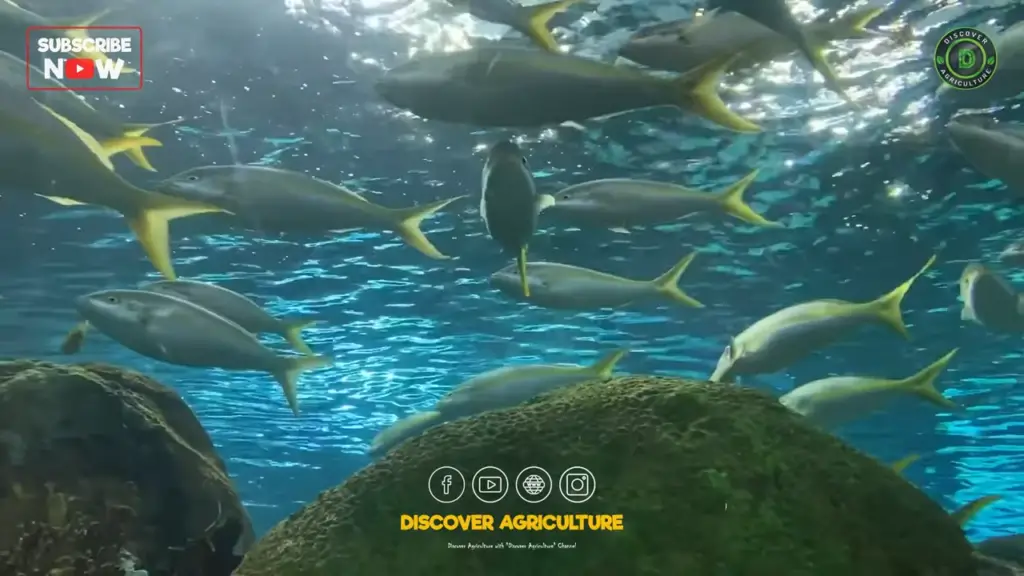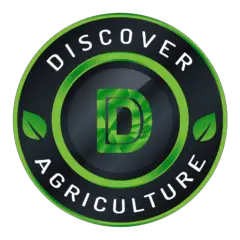Introduction
Aquaculture is the farming of aquatic organisms such as fish, shellfish, and seaweeds. It has become an increasingly important industry in recent years, providing food and income for millions of people worldwide. However, like any form of agriculture, aquaculture has its environmental impacts, including waste discharge, nutrient pollution, and disease outbreaks. To address these issues, a new approach has emerged called Integrated Multi-Trophic Aquaculture (IMTA).
What is Integrated Multi-Trophic Aquaculture (IMTA)?
IMTA is a farming system that integrates the production of different aquatic species, each occupying a specific trophic level in the food chain, to create a more balanced and sustainable ecosystem. The concept of IMTA is to use the waste from one species as nutrients for another, creating a closed-loop system that minimizes waste and reduces environmental impacts.
How does IMTA work?
In IMTA, aquatic organisms are grouped into different trophic levels based on their feeding habits. The three main trophic levels are:
Primary producers: These are organisms that produce organic matter from inorganic substances through photosynthesis. Examples include seaweed and other types of algae.
Primary consumers: These are organisms that consume primary producers. Examples include herbivorous fish and shellfish.
Secondary consumers: These are organisms that consume primary consumers. Examples include carnivorous fish and other predatory species.
In an IMTA system, different species are cultivated together in the same area. For example, seaweed can be cultivated together with herbivorous fish such as tilapia, while the waste from the tilapia can be used as nutrients for carnivorous fish such as salmon. The waste from the salmon can then be used as nutrients for seaweed cultivation. This closed-loop system minimizes waste and maximizes the use of resources, creating a more sustainable and environmentally friendly farming system.

Benefits of IMTA
IMTA offers several benefits over traditional aquaculture practices:
Reduced environmental impact: IMTA minimizes waste and nutrient pollution, reducing the environmental impact of aquaculture.
Increased efficiency: Maximizing the use of resources, reducing the need for external inputs such as feed and fertilizers.
Diversification of income: IMTA allows farmers to cultivate multiple species, creating new income streams and reducing the risk of crop failure.
Improved resilience: It creates a more balanced ecosystem, reducing the risk of disease outbreaks and other environmental problems.
Examples
There are many different types of IMTA systems, each tailored to the specific needs and conditions of the farm. Some examples of IMTA systems include:
Seaweed and shellfish cultivation: Seaweed is grown with shellfish such as mussels or oysters. The shellfish feed on the organic matter produced by the seaweed, while the seaweed benefits from the nutrients released by the shellfish.
Seaweed and finfish cultivation: Seaweed is grown with finfish such as salmon or trout. The waste from the finfish is used as nutrients for the seaweed, while the seaweed helps to improve water quality.
Shrimp and tilapia cultivation: Shrimp are grown together with tilapia. The tilapia feed on the organic matter produced by the shrimp, while the shrimp benefit from the tilapia waste.
Conclusion
IMTA is a promising approach to aquaculture that can help reduce the industry’s environmental impact while improving efficiency and diversifying income for farmers. By cultivating multiple species in a closed-loop system, IMTA creates a more balanced and sustainable ecosystem. As the demand for seafood continues to grow, IMTA may become an increasingly important tool for meeting this demand in an environmentally responsible
Also View: How this DAIRY FARM Is Taking Advantage of SOLAR POWER In An Unexpected Way!
A Spicy Business: How to Make Money from Chilli Farming | Tips and Tricks for Growing Chilli Peppers


